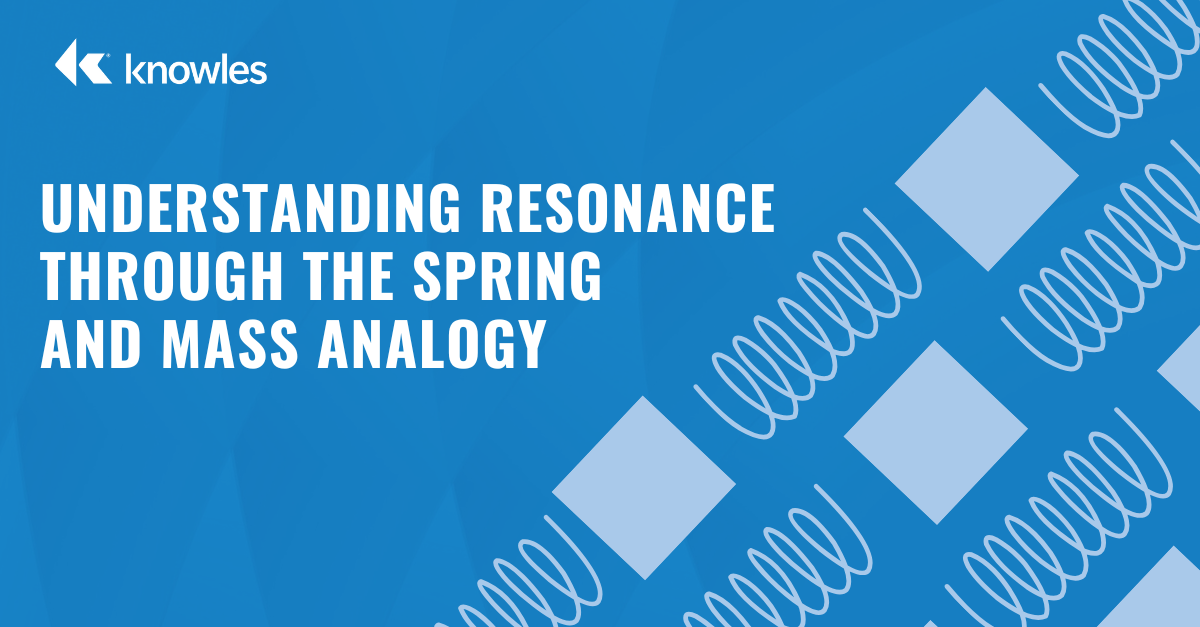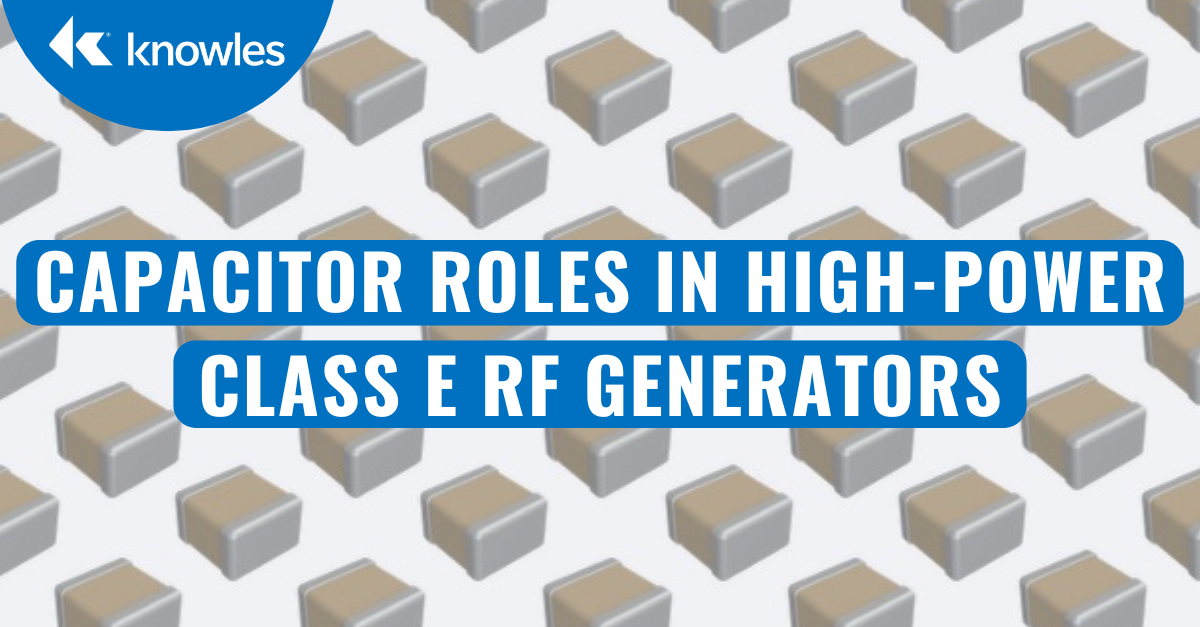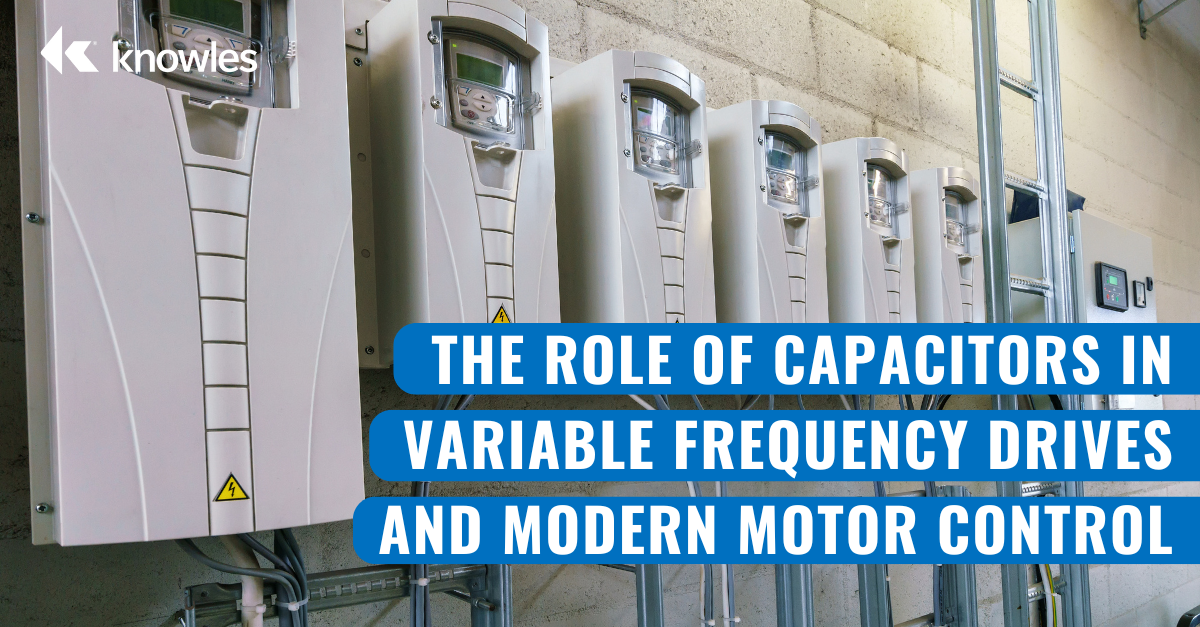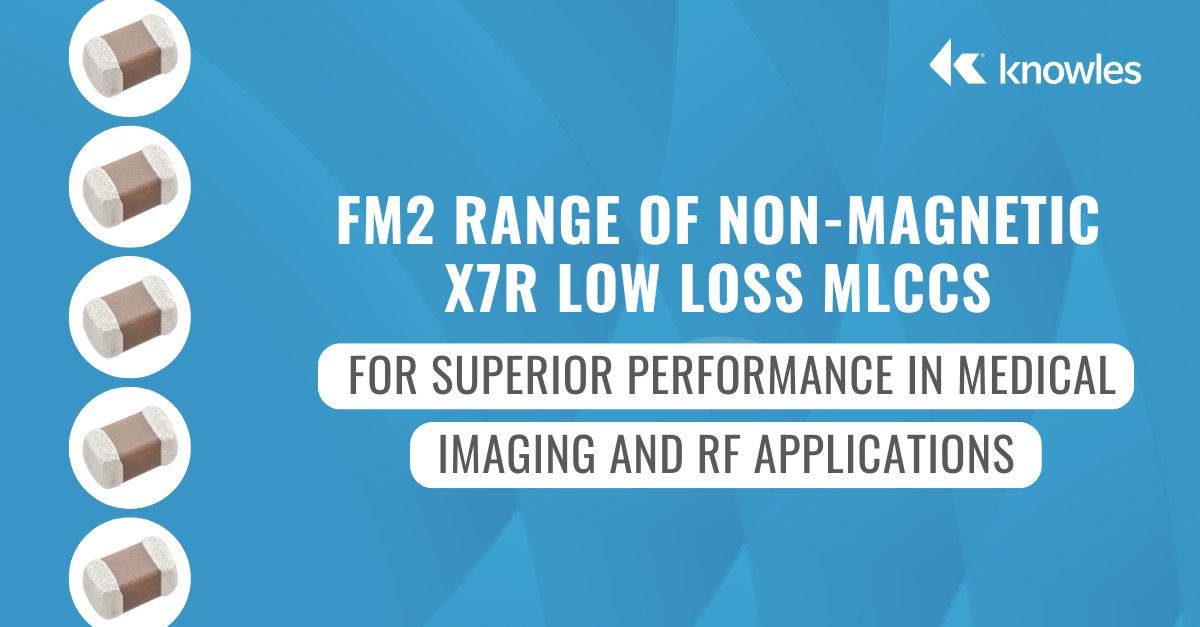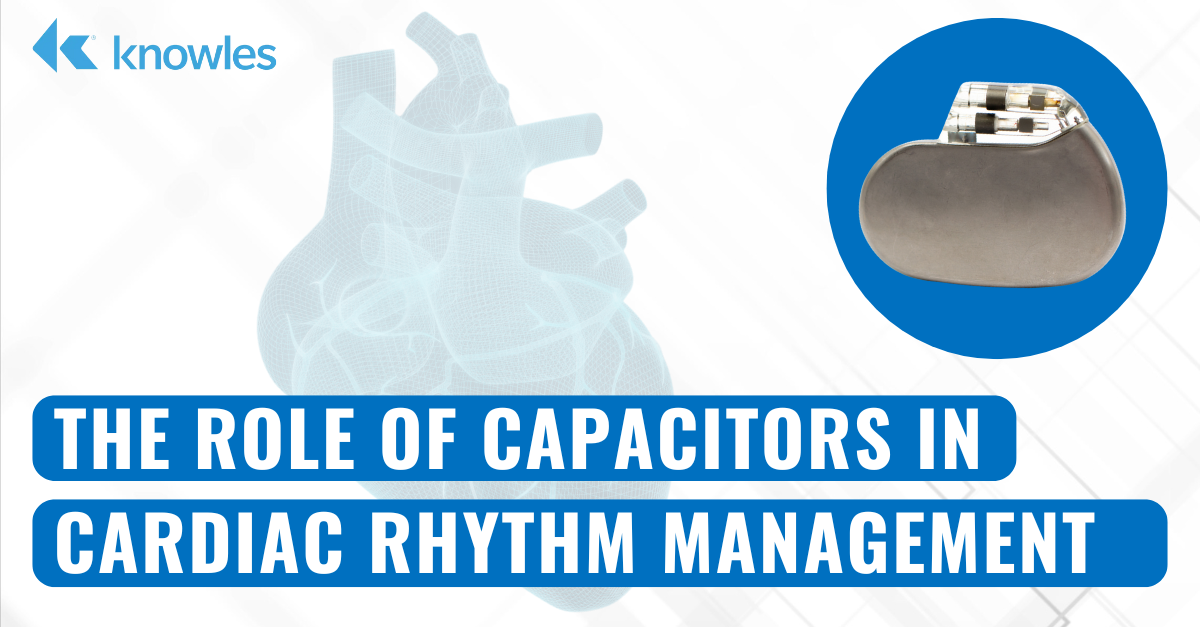As solar adoption accelerates worldwide, inverter technology must also evolve to deliver greater efficiency, power density, and connectivity. Modern residential inverters are now required to manage energy from solar panels, battery storage, and the grid all while meeting stricter global safety standards. In this complex environment, safety capacitors play a crucial role in protecting users and ensuring reliable, interference-free operation.
How Safety Capacitors Help You Deliver Safe and Efficient Solar Power
Topics: Capacitor
Choosing the Right Capacitors for High-Power Resonant Circuits
Temperature stability, equivalent series resistance (ESR), and physical construction all influence how a capacitor behaves in an LC tank circuit.
Topics: Capacitor
The Electrical Engineer's Guide to Safety Capacitors
In high-voltage, high-reliability applications, safety is non-negotiable. That’s why safety capacitors are essential for mitigating the risks associated with transient voltages and electrical interference.
Topics: Capacitor
How Capacitors Drive Energy Innovation at Every Stage
As energy systems evolve to support electrification, renewables, and digital infrastructure, the demands on power electronics are intensifying.
Topics: Capacitor
Understanding Resonance Through the Spring and Mass Analogy
Resonant circuits are a foundational technology in many high-performance electronic systems, enabling efficient energy control and transfer. A helpful way to visualize resonance is by comparing electrical behavior to mechanical motion. Here, we’ll break down resonant circuits using a spring-and-mass analogy and show how this applies to the fundamental LC tank circuit.
Topics: Capacitor
Capacitor Roles in High-Power Class E RF Generators
Radio frequency (RF) generators produce alternating current (AC) at specific frequencies ranging from kilohertz to gigahertz.
Topics: Capacitor
The Role of Capacitors in Variable Frequency Drives and Modern Motor Control
Variable Frequency Drives (VFDs) are an essential part of modern motor controller design, enabling precise regulation of AC motor speed and torque. They operate by converting fixed-frequency AC power from the grid into DC, then inverting it back into AC at the desired frequency and voltage.
Topics: Capacitor
FM2 Range of Non-Magnetic X7R Low Loss MLCCs for Superior Performance in Medical Imaging and RF Applications
Engineers designing for medical imaging and high-frequency applications need components that ensure minimal power loss, high signal integrity, and zero magnetic interference.
Knowles’ new FM2 range of Non-Magnetic X7R Low Loss Multilayer Ceramic Capacitors (MLCCs) is engineered to deliver superior RF efficiency and uncompromised reliability. These MLCCs provide lower equivalent series resistance (ESR)/higher Q factor compared to standard X7R capacitors, making them ideal for MRI systems and low-noise amplifier (LNA) applications.
The Role of Capacitors in Cardiac Rhythm Management
More than 3 million people in the United States alone rely on a pacemaker to regulate their heart rhythm. While the battery may be the most recognizable component in the system, capacitors are just as essential to ensure these implantable devices function safely and reliably over time.
Topics: Capacitor
In high-voltage, high-reliability applications, safety is non-negotiable, which is why safety capacitors are essential. These passive components are engineered to mitigate the risks associated with transient voltages and electrical interference, helping protect both users and equipment from hazards, even in the event of component failure.
Topics: Capacitor

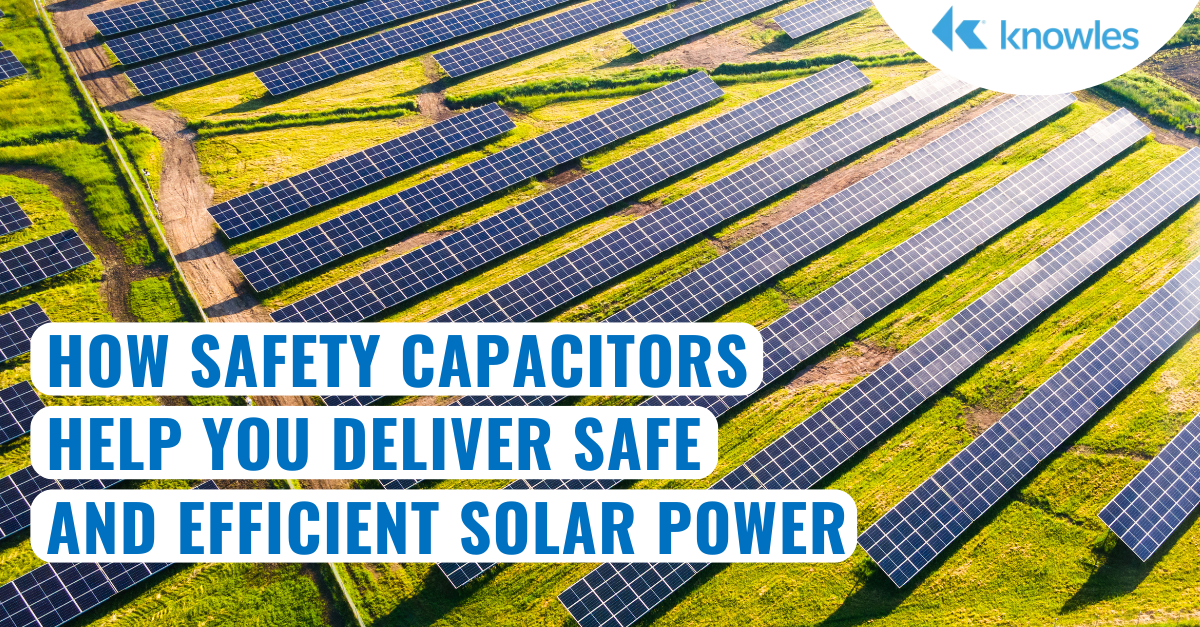
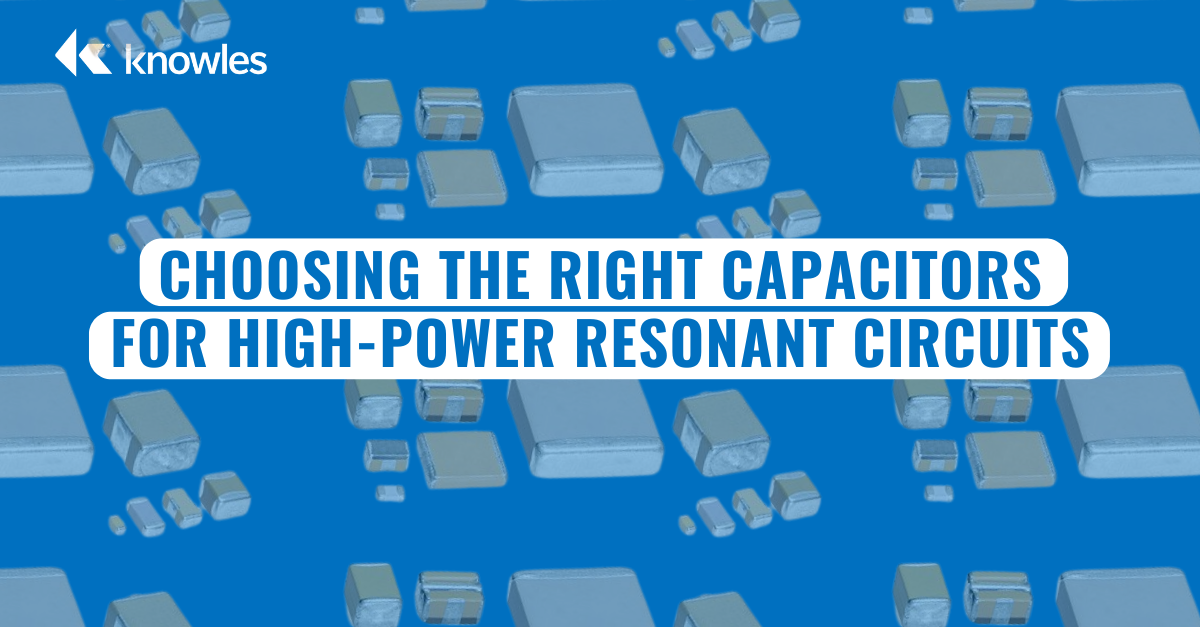
.png)

